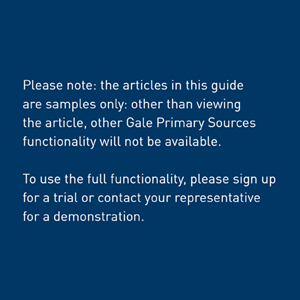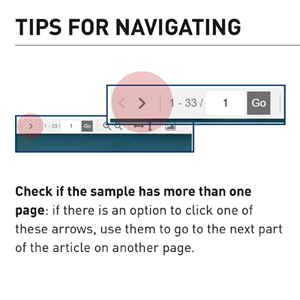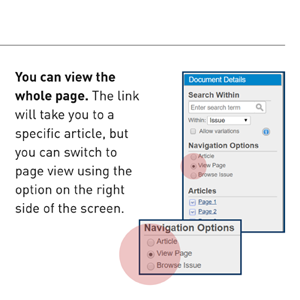CHANGING POLITICS
The first two proprietors of the Mirror, Alfred Harmsworth (1903-14, enobled as Lord Northcliffe), and his brother Harold (1914-36, enobled as Lord Rothermere) were both robustly conservative and imperialistic in their politics and ensured that the paper echoed these values. After the First World War, Rothermere increasingly used the Daily Mirror to champion his personal crusades, such as the Anti-Waste League, which sought to mobilise opinion against ‘excessive’ government spending. The paper also sought to associate the emerging Labour Party and its trade union supporters with the ‘Red Peril’ of the Communist threat. The Mirror stoutly fought against the General Strike of May 1926, called by the Trades Union Congress (TUC) in support of the miners’ action to maintain their wages and conditions. Over the subsequent years, the Mirror drifted further to the right. Its political nadir came in 1934, when Rothermere instructed the paper to support Oswald Mosley’s British Union of Fascists (BUF): ‘Give the Blackshirts A Helping Hand’ declared a signed article from the proprietor.
(Adapted from Bingham, Adrian: "The Daily Mirror and Left-Wing Politics", Mirror Historical Archive, Gale, a Cengage Company, 2020).
Rothermere, Viscount. "Give the Blackshirt a Helping Hand."
"General Strike on Tuesday May Be Averted."




